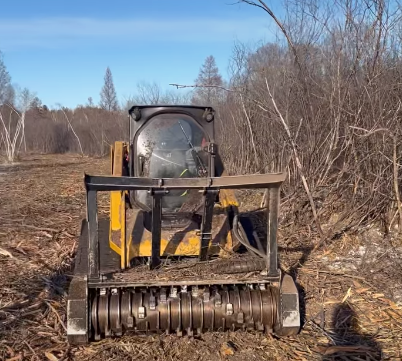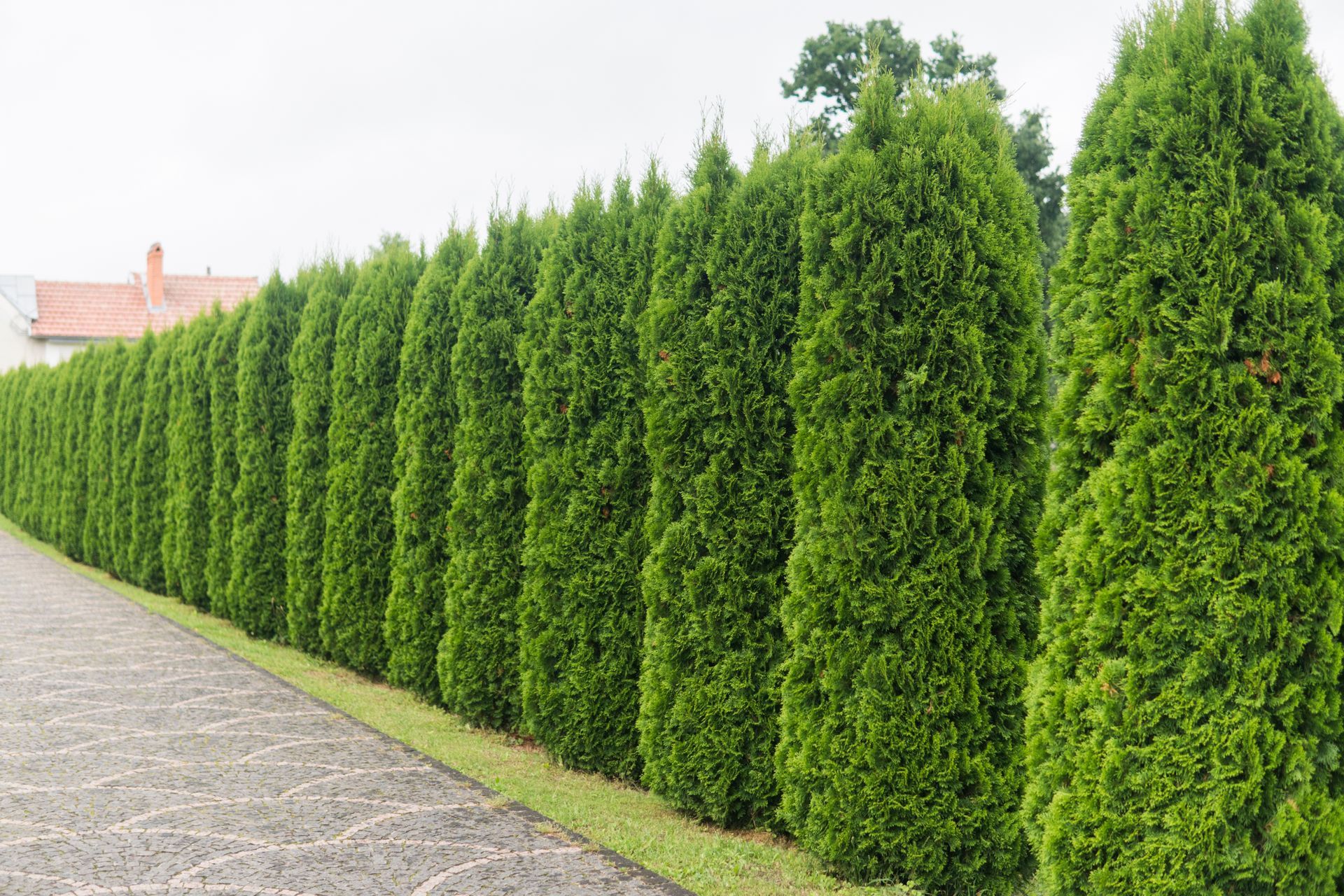OAK TREE WILT
Quick Reference Guide:
Monitor Your Trees: Keep a close eye on your trees, especially during the hot summer months. Be alert for signs of distress such as wilting leaves, early leaf color change, leaf scorch, and dying or rust-colored limbs.
Consult an Arborist: If you notice any signs of distress, promptly consult a professional arborist for an evaluation and treatment plan. Mid-summer is an ideal time to schedule a consultation.
Watch Out for Pests: Emerald Ash Borer is a significant threat to Ash trees. If you suspect an infestation, have an arborist assess your tree immediately.
Understand Oak Wilt: Oak Wilt is a serious disease that can spread rapidly among trees. At the first sign of distress, take quick action to prevent a wider outbreak.
Value Your Trees: Trees, especially slow-growing ones like oaks, add substantial value to your property. Without proper care, they can become a liability instead of an asset.
Plan for Winter Pruning: Organize your winter pruning during the summer. It's less stressful for the trees and allows for optimal planning and execution.
Mulch Your Trees: Mulch around your trees to help retain moisture, especially beneficial during hot summer months. Aim for a 2"-3" thick donut-shaped mulch layer around the tree, leaving a small space around the trunk.
Recognizing The Signs Of Summer Tree Distress
Recognizing The Signs Of Summer Tree Distress
-
Wilting LeavesItem Link List Item 1
When Oak trees' leaves begin to wilt in the heat of mid to late summer, it's a signal that your tree may be under stress. This is the perfect time to call in an arborist for a professional evaluation.
-
The Threat of the Emerald Ash Borer AshItem Link List Item 2
Ash tree owners should be alert to the risk posed by the Emerald Ash Borer. This invasive pest can cause significant harm to Ash trees. If you notice any signs of an infestation, an arborist should immediately assess your tree's condition.
-
Early Leaf Color ChangeItem Link List Item 3
When leaves change color too early, it could indicate a soil issue. Inadequate nutrient content or poor soil structure could be stressing your trees, leading to premature leaf color change.
-
Leaf Scorch and WateringItem Link List Item 4
Leaf scorch is a common summer problem caused when trees do not get enough water. Regular and deep watering, particularly during dry spells, can help prevent this. photo: https://extension.umn.edu/
Should I Prune My Trees In Summer?
Benefits of Late Winter Pruning
- Conducting pruning activities late in winter, just as spring growth commences, exposes fresh cuts for only a brief period before new growth starts to heal them.
- Without the foliage, you can more easily discern the plant's branch structure and make informed pruning decisions.
How To Prune Trees & Avoid Disease
- Oak trees should be pruned outside of the April to October window to prevent oak wilt disease. If unavoidable, cover fresh cuts with wound dressing or latex paint to mask the scent and deter beetles that spread oak wilt.
- Honeylocust trees are susceptible to stem cankers; it's best to prune these while they are dormant in late winter to avoid this issue. If summer pruning is required, ensure it's done in dry weather.
- Apple trees, flowering crabapples, mountain ash, hawthorns, and shrub cotoneasters should be pruned in late winter (February to early April) to reduce the risk of fireblight, a bacterial disease.
- Avoid autumn or early winter pruning as it can lead to drying and die-back at the pruning sites.

The Importance of Arborist Consultation:
An arborist can assess your trees' health and provide a care plan tailored to your specific needs. Mid-summer is an ideal time to schedule a consultation.
CONTACT US
Taking care of your trees during the hot summer months is an essential aspect of maintaining the overall health and longevity of your green giants. In this article, we provide summer tree care tips that focus particularly on Oak and Ash trees. Watch the video below from Wisconsin DNR to help you distinguish a healthy leaf and a sick leaf.
Our trees provide us with numerous benefits, and in return, they need our care, especially during the challenging summer months. Employing these summer tree care tips and enlisting the help of professional arborists can ensure the health and longevity of your trees, thus protecting and enhancing your property's value.


Submit A Form:
Get In Touch
We are here to help you take care of your tree care needs. Get in touch with us today to schedule your free consultation!
© 2023 All Rights Reserved | North Woods Industries, LLC | Privacy Policy




